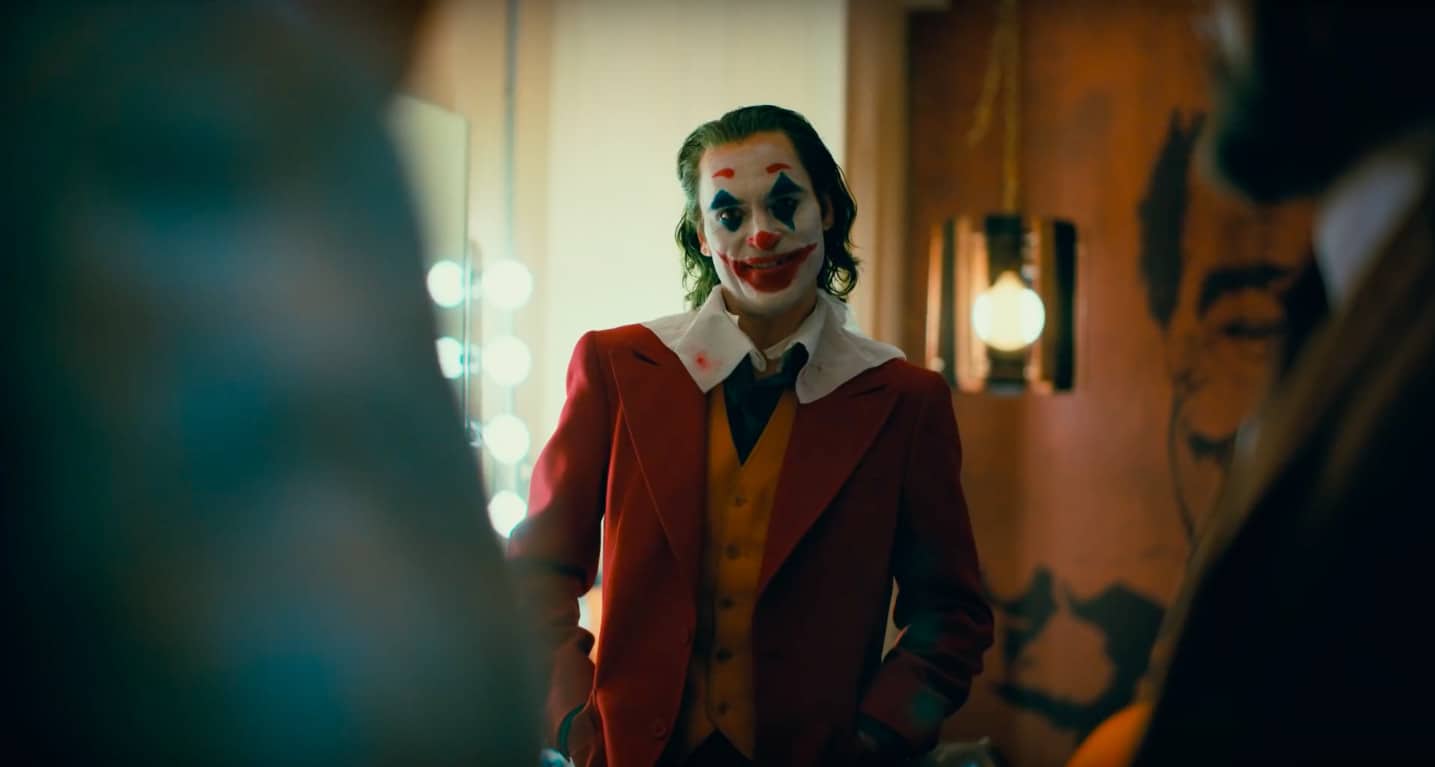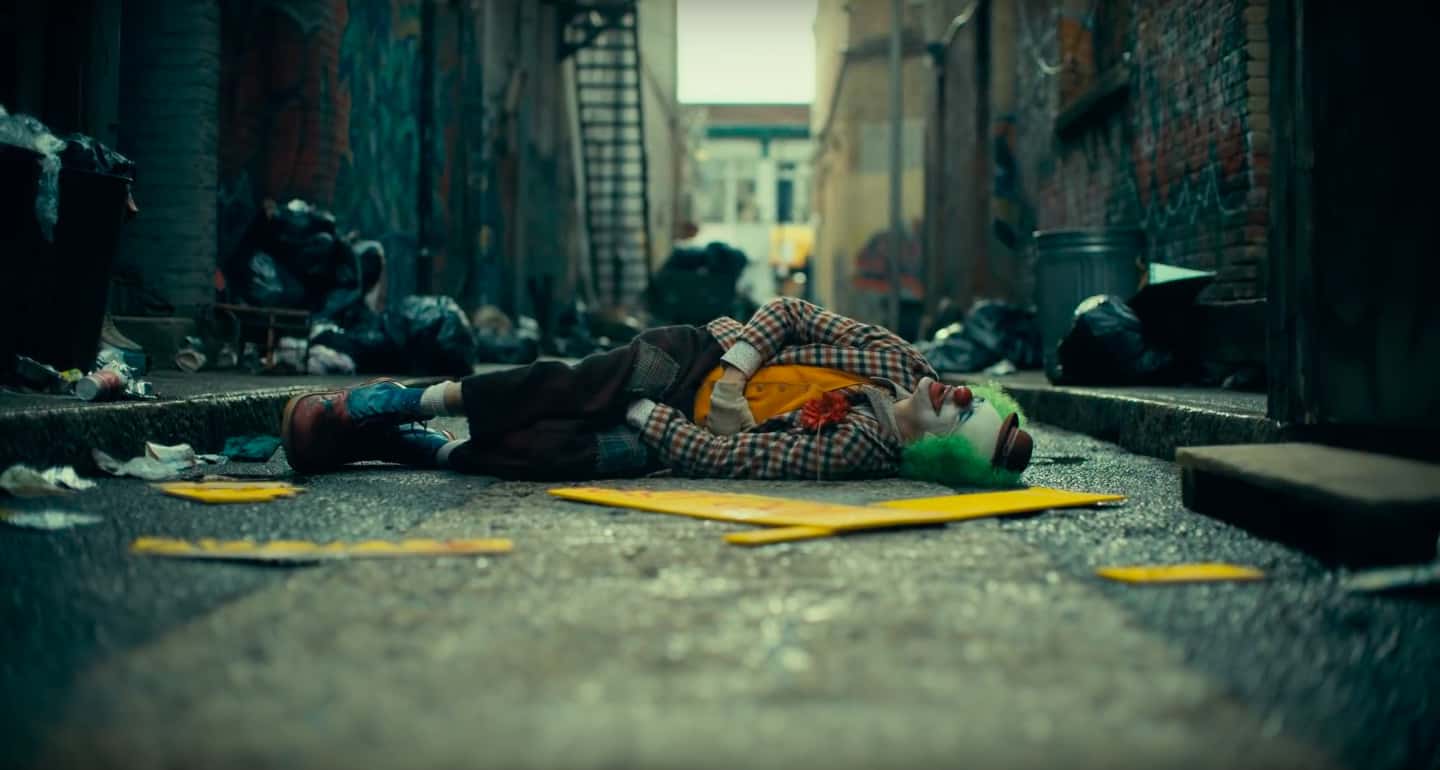
Ok, sure.
When we actually projected it and we looked at it up there — well, outside of film grain and gate weave and some of those elements — we could get the contrast to match. We could get the color to be pretty damn close. The color rendition of film still beats digital, no question about it. It can render the nuances of color depth better than any digital camera out there, but there were benefits of digital too. The technical considerations – focus, low light, improvisational filmmaking – were also considerations in the decision. For instance, we would never have a surprise that a shot was unusably out of focus the next day because if there were issues we would see it immediately.
So it was close, but it was probably 51/49 film. The main thing that pushed it over the edge was that if we shot digital we could go back to a large format that we wanted to shoot in the first place. That was probably the biggest thing. Digital would allow us to do that for the money we had. What’s funny is that when the movie was finished, it was Warner Bros. that wanted 70mm prints because they have some investment in the format because of all the Christopher Nolan films, and they’re like, “Listen, let’s make some 70mm prints of this movie. Let’s make 55 of them or so.”
Awesome.
The irony is that we ultimately got what we wanted, to see it on 70mm film. I’m excited when I hear people seeing the 70mm print. And what was interesting about it, if you saw it — have you seen it digitally, too?
Yeah, yeah, I saw it on the IMAX, too, or the mall version of the IMAX.

There you go. So you now can see some of the inherent difference, because it’s really just a one-light print on the 70mm. It’s a true test of the inherent qualities of film because it adds back color in certain interesting ways. Film never really has a clean white. The highlights might go a little cyan and the low end might go a little yellow-green. It brings back some of the magentas. It brings a lot more saturation and contrast. All of those little things that the 70mm print had is actually a good example of telling the difference between film and digital.
Interestingly enough, we did very specific testing, in the beginning, to build a very specific LUT (look up table) that would replicate film as close as I could possibly get. I almost wish I had done a 70mm check print before we even started color timing the movie. I might have still made some adjustments to the DCP. But listen, I’m happy with both of them.
When I watched it at the mall, after seeing it in the 70mm, I was struck by the framing of Arthur in that format. He appears much tinier, almost dwarfed within the frame.
Yeah. Well, it’s by intention. That was one of the things I really set out to do early on in the movie. To try to be strong compositionally in this movie, and more so because this movie presents itself in a way as a character study, in a way Todd and I set out to make it. I could finally be a lot more expressive in composition than maybe some of the previous movies we’ve done together. A lot of it was how do you make somebody look small? Okay, well a lot of extra headroom, kind of pushing him in between objects to make him look very small and insignificant. Certainly at the beginning of the movie. I really tried to think about the arc of the photography just like the arc of the character. Trying to get early themes, whether through lens choices, composition, and lighting and then build the character as we transformed into Joker.

I’m glad to hear some of that came through. We never tried to do anything too subconsciously or too precious. We always worked from a place of simplicity and just try to make it feel real at the start and then you work other elements into it. But we’re very cognizant of trying not to make it feel self-conscious like we’re trying too hard.
Yeah, the most obvious transition is just the way Arthur hits the staircase at the start of the film versus when he finally comes splashing down them as Joker.
That’s right. We’re low, he’s powerful. He’s closer to the camera, but even in the two shots of him on the staircase: one is very much intended to show this kind of mountainous climb he has to make every single day home. This is not a man who can afford a taxi. That stairwell is in the Bronx near Yankee stadium. We couldn’t close it down when we shot. You would watch the residents of that neighborhood that lived there. You would see real people every day while we were shooting do that big breath that he does. He pauses for a second before he makes the climb.
We basically had a camera on the top and the bottom, because it literally was such an arduous thing to climb. If I wanted to communicate to my A-operator who was on the top, I literally had to walk 180 stairs. You were utterly exhausted by the time you got there. There was no easy way around, but you would see these residents do it and you’re like, they have to do this every single day. This is not easy. It’s not an easy life.
Related Topics: Cinematography, Joaquin Phoenix, Joker, Lawrence Sher, Todd Phillips


